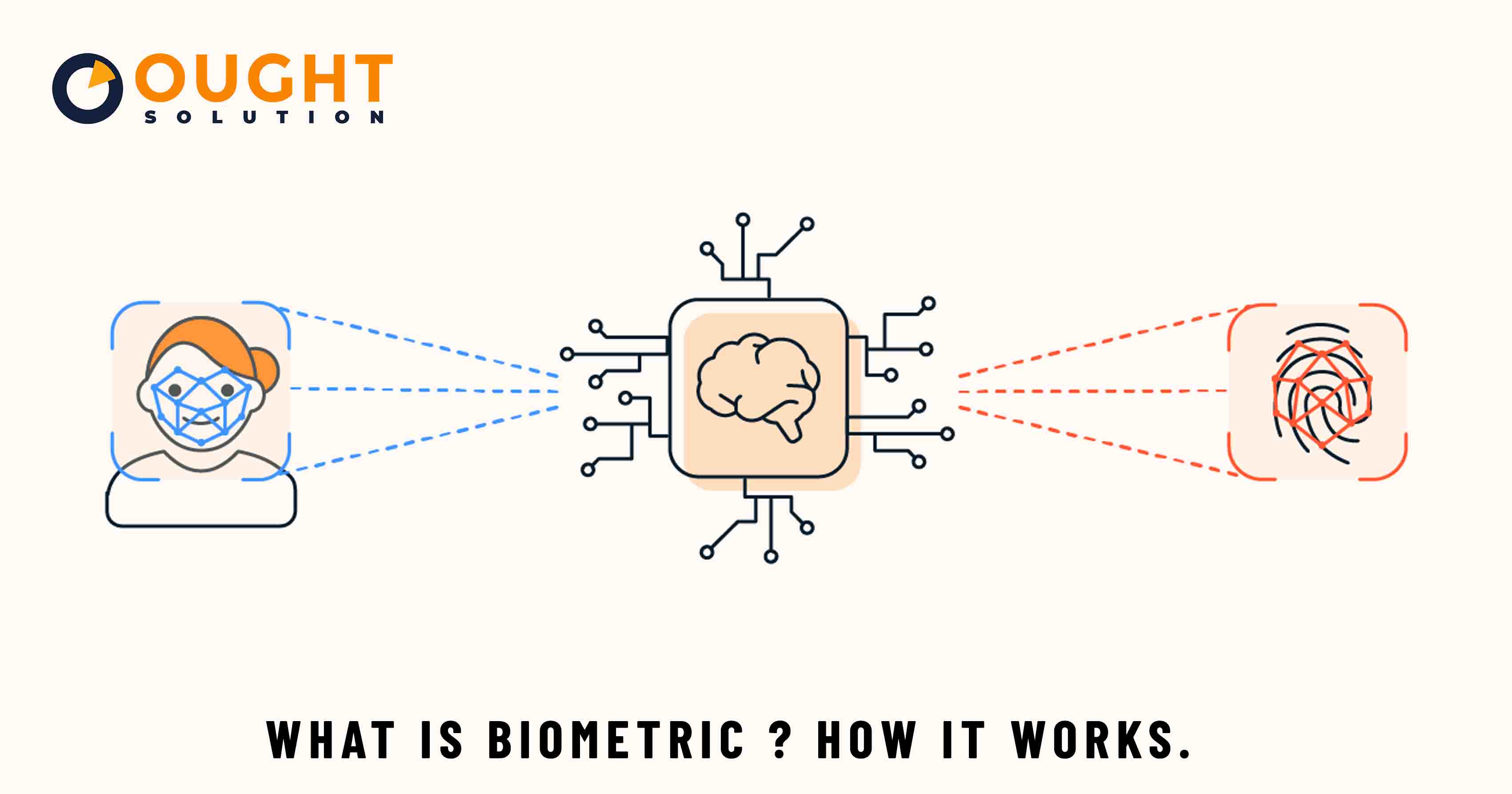Biometrics: A Comprehensive Guide to How It Works and Its Applications
Biometrics, the technology of recognizing individuals based on their unique physical characteristics, has become an integral part of modern life. From unlocking smartphones to securing airports, biometrics offers a convenient and secure way to verify identity. This comprehensive guide will delve into the world of biometrics, exploring its different types, how it works, and its applications across various industries.

Understanding Biometrics
Biometrics is the measurement and analysis of unique physiological or behavioral characteristics to verify or identify an individual.
